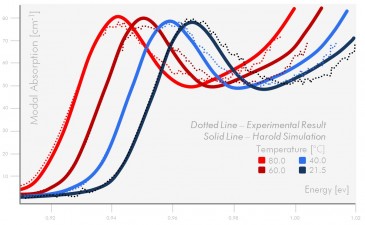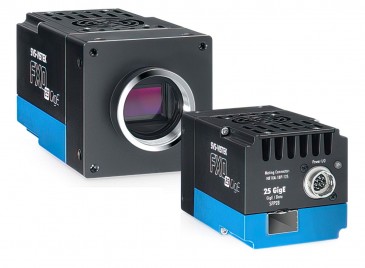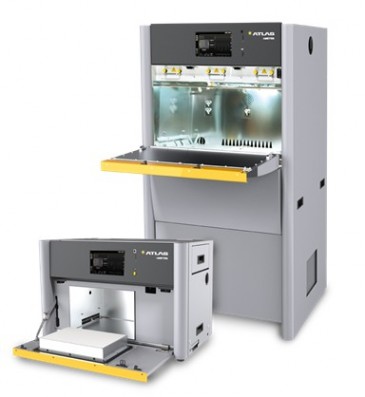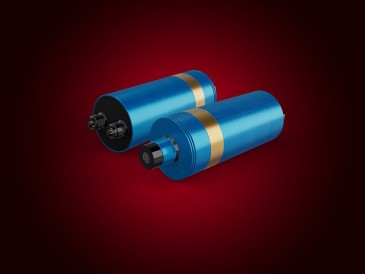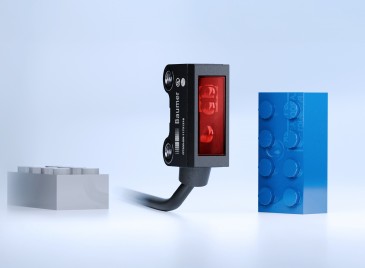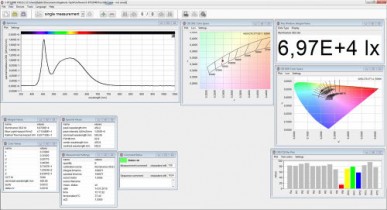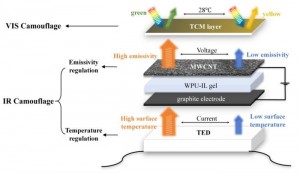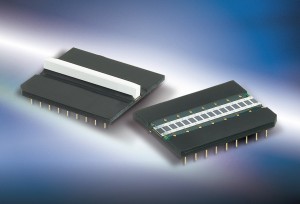
The automotive optoelectronics market was valued at USD 3.50 billion in 2017 and is projected to reach USD 9.80 billion by 2025, at a CAGR of 14.13% during the forecast period, according to a recent report by Markets and Markets.
The major factors driving the growth of the global automotive optoelectronics market are the increase in sales of luxury and ultra-luxury vehicles and high demand for LEDs lighting and safety application.
The North American region is projected to be the largest market for automotive optoelectronics by 2025. The increasing production of automobiles and a significant rise in demand for premium segment passenger cars are driving the market growth in this region. The Asia Pacific region is anticipated to register the fastest growth in automotive optoelectronics by 2025. The adoption rate of applications such as safety and lighting in vehicles is expected to show incremental growth in the region in the coming years. The increased adoption rate makes the Asia Pacific region the fastest growing market during the forecast period.
Drivers of Automotive Optoelectronics Market:
High demand and increasing sales of luxury and ultra-luxury vehicles
The improving global economic conditions have changed the overall lifestyle of consumers. With increasing disposable income, the demands of consumers have changed in line with new lifestyles, leading to a change in their preferences. This has positively affected the sales of luxury and ultra-luxury cars across the globe. The difference in lifestyle is noticeable, especially in developing countries such as China and India.
The sales of Mercedes-Benz increased from 155.9 thousand units in 2016 to 442.9 thousand units in 2017. Based on the 2017 sales figures, BMW China plans to double its production capacity by 2020. Optoelectronics devices such as LED lights, OLED and LED displays, and ambient lighting are the key highlights of the luxury vehicle segment. These devices increase the comfort and convenience of the vehicle. Along with improving visibility, they also provide a congenial atmosphere in the cabin, thus reducing driver fatigue and increasing vehicle safety.
Increase in awareness about vehicle safety
The safety of the passengers and vehicle has become the prime concern for vehicle buyers. Regulatory authorities around the world are aiming to improve vehicle safety. The Global status report on road safety 2015 estimated that more than 1.2 million road traffic deaths occur each year globally. Studies suggest that road traffic injuries will become the fifth leading cause of death globally by 2030. Driver fatigue, driver distraction, and limited visibility of the road are the major causes of these accidents.
In a vehicle, optoelectronics devices can be used for occupant detection, drowsy driver detection, night vision, optical immobilizer, and remote keyless entry. Due to the increasing awareness about vehicle safety and government mandates regarding safety features, OEMs are providing many safety features as a standard fit in vehicles. These features have helped to reduce the number of road fatalities. For instance, there has been a 3% decrease in road accident deaths in India in 2017 as compared to 2016. The positive result will further boost the installation of safety features in vehicles.




































 Back to News
Back to News



